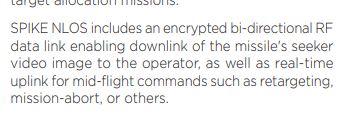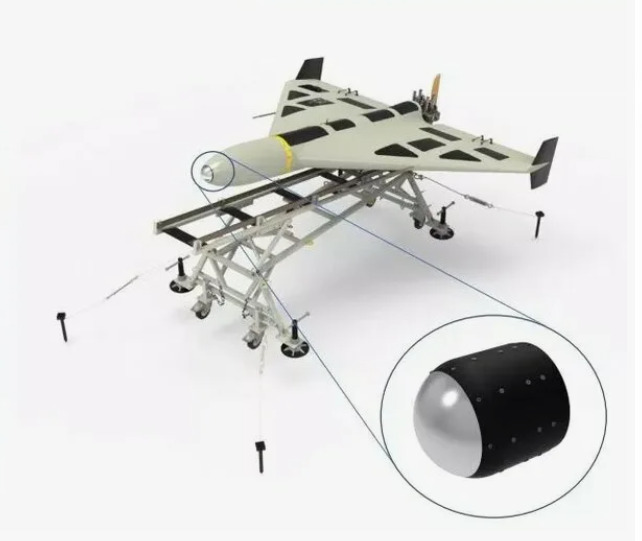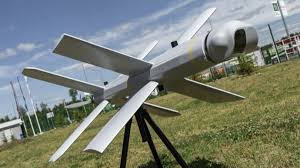It is very easy to find out the frequency of an EW signal.
They stopped? you realize that there are more man in the loop missiles, the spikes are one of those…
you’re comparing 70’s munition to something that entered service in the last decade
technology has advanced since then
Yes, if 2A7V and CR2 can share the same BR it means top tier is compressed to the point Leclercs shouldn’t go anywhere before decompression comes. Leclerc being godawful is yet another myth on this forum.
It shouldn’t be hard to remain at the MP height with helicopters. Radar signature of hovering helicopters could definitely be improved as well.
SACLOS AAs are a threat to the worst helicopter pilots, meanwhile better ones can easily play around them.
There’s barely anything more useless than an AA truck with no missiles left.
One 64E can waste AA’s 32 missiles in just two salvos, which as a result renders that truck completely useless and J-out worthy.
Agreed.
How important is it to even kill that AA if you can just fire off your missiles at other targets and let AAs waste all of theirs trying to intercept and/or kill you ?
Nowadays helicopters with 16 missiles can drain AAs pretty easily.
Sometimes having copypaste slop isn’t that bad, am I right ?
They offer us a look into how various tank designs perform when played by the same group of people.
Thats not true, for example the SPIKE NLOS uses two way data link as well and they dont require form line of sight
We comparing Russian guidance tech with Israeli ones?
SPIKE NLOS is marked at 35-40km and can use a fibre optic data line.
It’s a far more advanced than the LMUR system
I would also hazard they give off a fair amount of electromagnetic emissions.
And ? for his argument he was using as an example a 70s bomb which as nothing to do with with the LMUR.
What are you even saying dude, the cope is insane.
Sure, but physics haven’t changed. You might be able to improve things in a vacuum with better compression and transfer protocols but there are well understood absolute limits to the upper bound of performance which won’t have changed, especially if you want a reliable signal. and at low altitudes this is even further constrained due to the radar horizon, let those of alone radiated power and antenna design.
You can’t just assume that links would remain stable once the shooter moves.
It’s similar way to being able to track a drone based on the signal. Everything that transmits and receives has a electromagnetic signature.
Even when the helicopter has finished the strike it is still sharing data before those missiles hit.
Not to the target; but the missile.
Yes the DL the feed is securely contained within the fibre optics
The SPIKE NLOS uses an RF two way data link…

idk how you can square the cognitive dissonance of knowing Spike NLOS/FPV Drones exist with stable data/footage transmission but the LMUR can’t have the same thing, despite evidence being presented
How else do you get video feed back form the missile on a terminal phase then?
AGM-179s are absolutely useless; a single tank requires 3-4 missiles, sometimes even 5. Light tanks aren’t immune to these missiles either. These missiles often hit the tracks or the machine gun. They don’t strike from above like LMURs, but attack from below. It would be better to have given them 8 AGM-179s, but made them equal in power to the LMURs.
it is sometimes quite impressive, somehow the russians can make the lancet which also have a two ways data link with much more range but now the LMUR has to follow the tech of a 70s bomb
Uses both, depending on the application.
I admit a 40km SPIKE shot is not going to use fibre optics.
I suppose they consider the range far enough away that no target would detect it and the helicopter could then escape.

The radar of the mi28 and ka 52 already give more of a signal than the data link.
Thats not a lancet, i am talking about this
